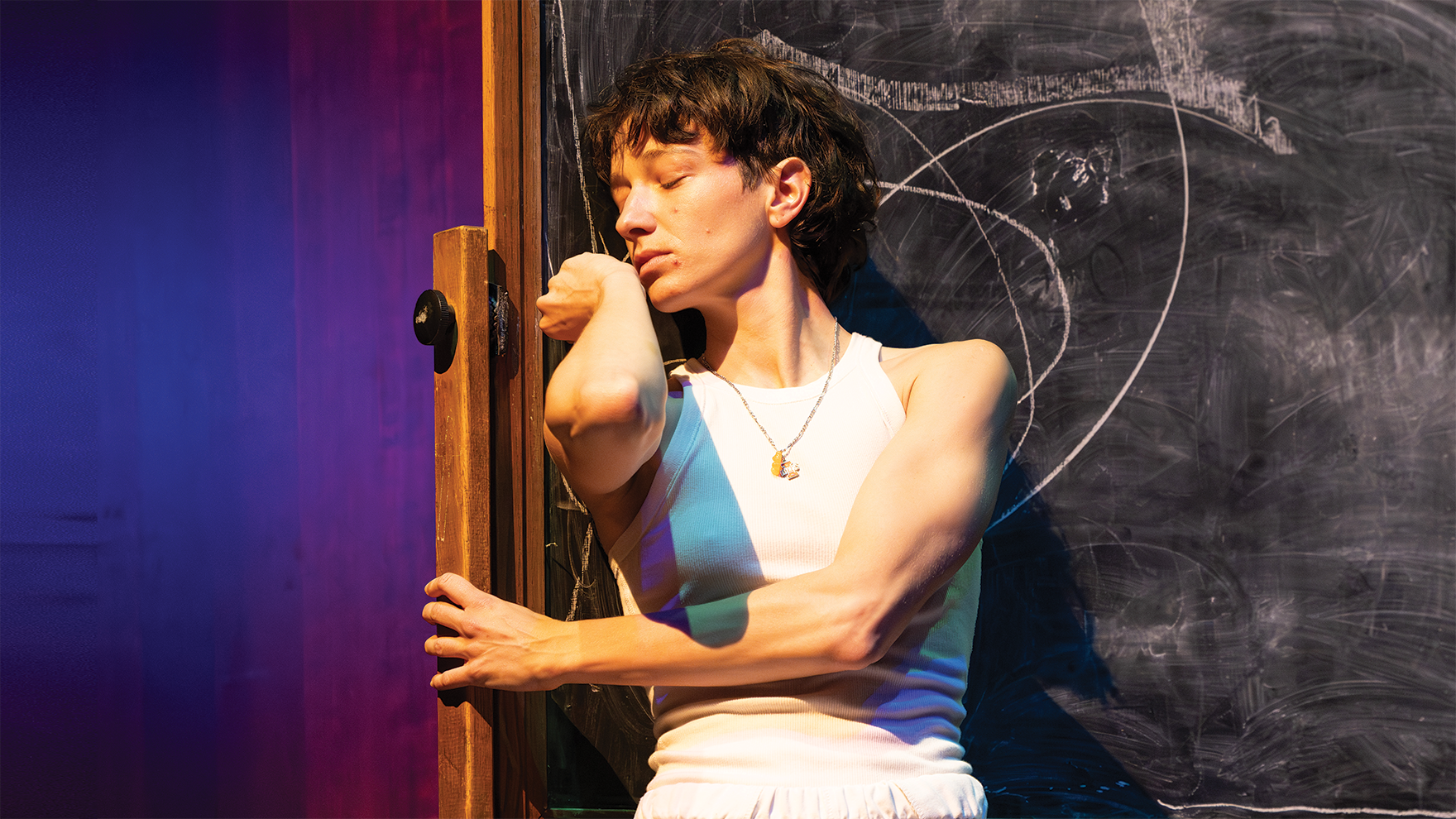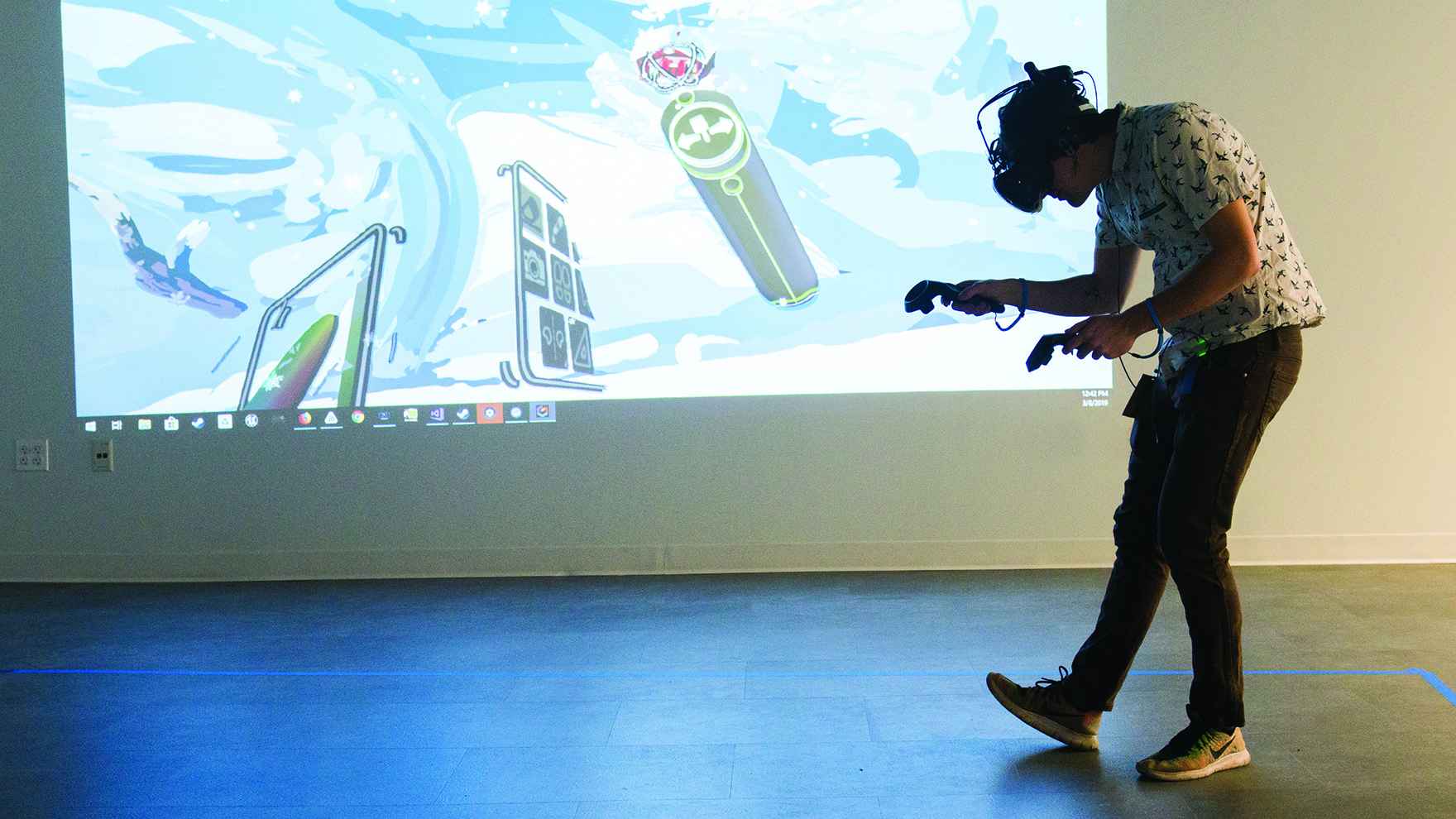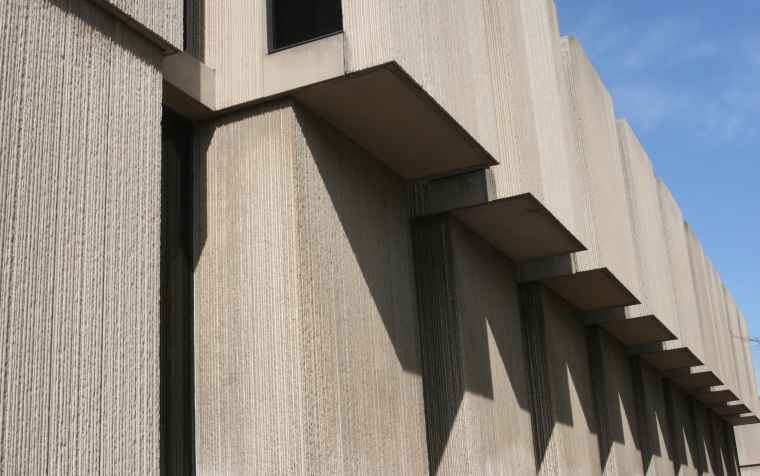Humanities Faculty Members Well-Represented in Inaugural Neubauer Collegium Research Projects
William Nickell's Digital Mapping Project Featured in 'The Washington Post'
William Nickell, Assistant Professor in Slavic Languages and Literatures, was featured in The Washington Post's recent, front page article on Sochi, site of the 2014 Olympic games.
UChicago Faculty Members Included in Newcity Art's "Art 50: Chicago's Artist's Artists"
Several faculty members of the Department of Visual Arts were featured on Newcity Art's list of "Chicago Artist's Artists." Newcity Art is devoted to coverage of visual arts in Chicago, and includes news, reviews, and features. Jessica Stockholder, Professor and Chair, was praised for the way that Chicago has featured in and informed her work, particularly with "Color Jam," her summer 2012 installation. Laura Letinsky, Professor, was noted for her innovative "constructions," which combine the notions of reproductions and originals, as well as William Pope.L, Associate Professor, for the ways he explores "the abject fantasies underpinning the absurdity of black male identity—and, by extension, all American identities."
Read the full profiles here.
David Nirenberg on Anti-Judaism in 'The Chronicle of Higher Education'
David Nirenberg, the Deborah R. and Edgar D. Jannotta Professor of History and Social Thought, wrote an article titled "Anti-Judaism as Critical Theory" for The Chronicle of Higher Education. Nirenberg, who studies "the ways in which Jewish, Christian, and Islamic cultures constitute themselves by inter-relating with or thinking about each other," echoes Hannah Arendt's The Origins of Totalitarianism when he asks in the article, "How and why do ideas about Jews and Judaism become convincing explanations for the state of the world in a given time and place?" Utilizing theorists like Arendt, Marx, and Hegel, Nirenberg traces the history of thinking about Judaism and how that thought has shaped our view of the world.
Read the full article here, and find his latest book Anti-Judaism: The Western Tradition here.





